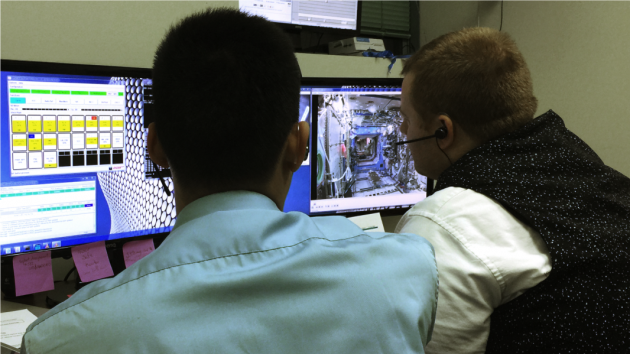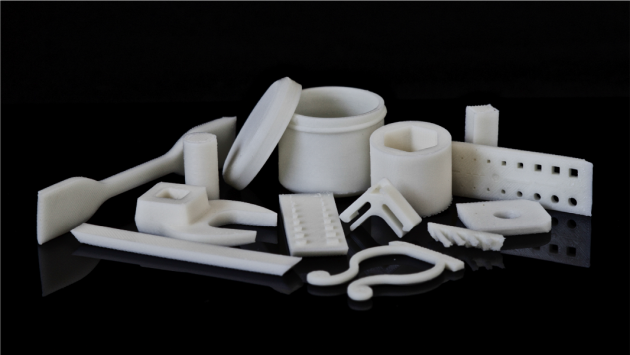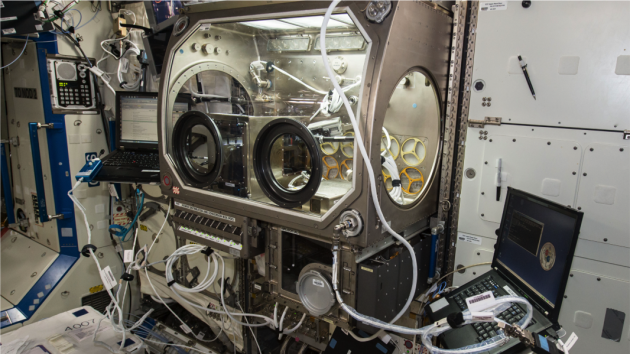Made in Space develops & NASA Emails 3D Wrench to International Space Station for 3D Printing
NASA recently put the 3D printer that was installed on the International Space Station to good use when Astronaut Barry "Butch" Wilmore needed a little ratcheting socket wrench that wasn't anywhere to be found on board. The NASA techs uploaded the 3D printing specifications needed by the astronaut and then essentially emailed them to him in space. Wilmore, currently orbiting the Earth in the International Space Station, set to work producing the space wrench that was needed.
Gone are the days of needing to fit a round cylinder into a square hole as was just one of the problems that befell the almost doomed Apollo 13 mission when NASA personnel used everything they knew that was lying around unused in the Apollo space craft to fix an air filter problem. In modern times, a 3D printer, 3D printing materials and CAD designs are all that are needed to produce a wide range of usable objects in space.
The Made in Space company designed 21 3D prints in total. These were produced on Earth in their labs and then will all be reproduced up on the International Space Station as well. Each object is produced one layer at a time rather than all at once through a single process. The 3D printer is installed inside a Microgravity Science Glovebox.
The Autodesk Inventor CAD software program was used by technicians to design each object for printing. The final production is then converted into an acceptable 3D printing format called G-code.
The company then sent the final production schematic over to NASA from their office Moffett Field, California using both software from the space agency and some custom software from Made in Space.
The production of 3D objects in space is intended to be a test bed to see how they can be successfully produced in a zero gravity environment. The final objects 3D printed on the International Space Station will be brought back down to Earth and checked against the same designs 3D printed down on Earth. The idea is to see how a 3D printer may work differently in a zero gravity environment to printing in normal gravity. The findings may change how future 3D printers are developed for use in space particularly for long-term space exploration voyages and space station living.
(Source: Medium)




